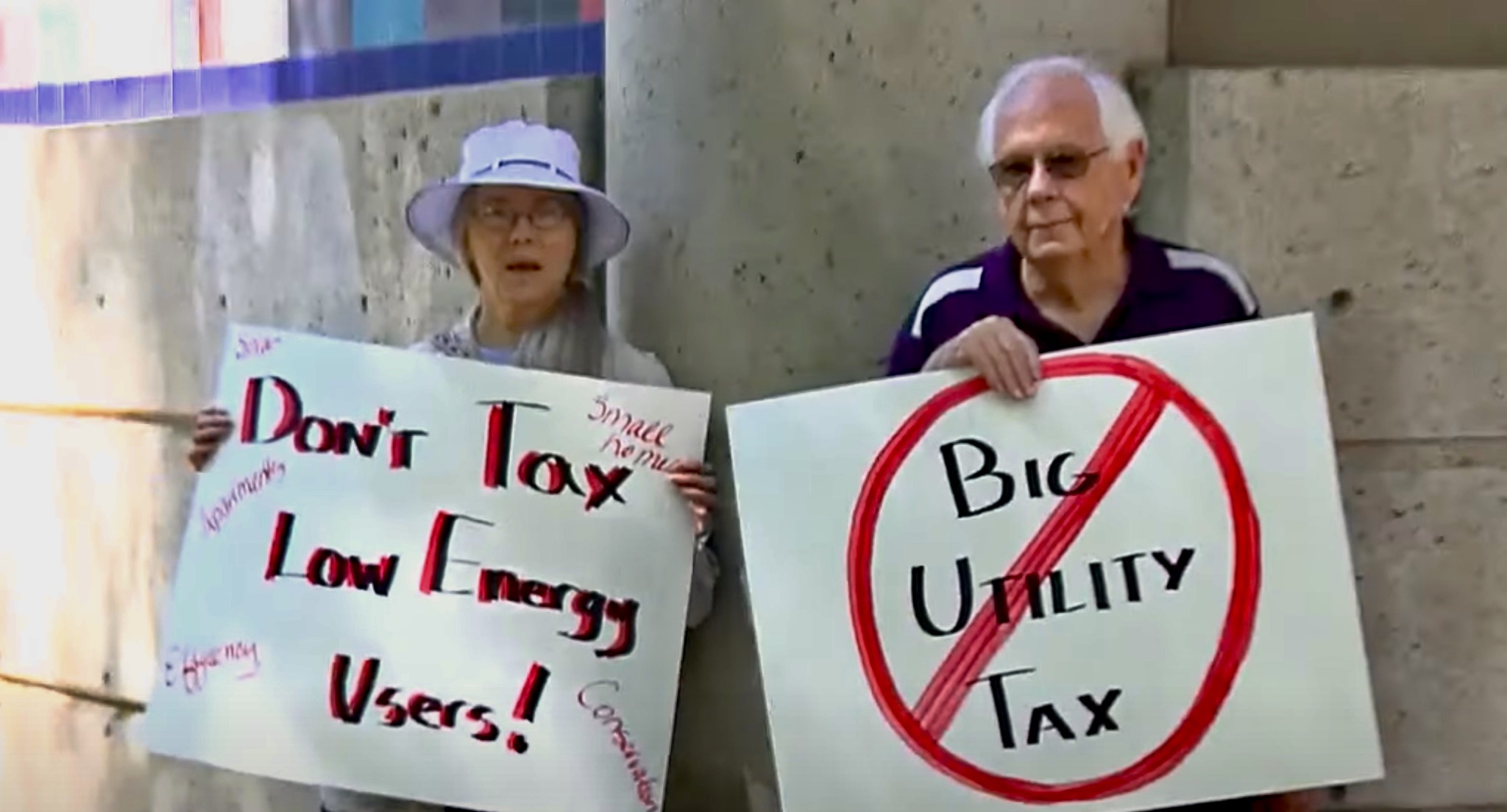For many households, this fee will amount to $24.15, designated for the installation and upkeep of essential equipment vital for electricity transmission.
The California Public Utilities Commission (CPUC) recently approved a significant change to the state’s electricity billing structure. This new policy implements a fixed monthly charge on all utility bills, marking a departure from the traditional per-kilowatt-hour pricing model. While the fixed charge aims to improve grid maintenance and cost distribution, it also raises concerns about potential impacts on student energy consumption and overall affordability.
Under the newly approved framework, major utility companies like Pacific Gas & Electric (PG&E), Edison International, and Sempra will be authorized to levy a fixed monthly charge on customer bills. This charge, expected to be $24.15 for most households, will be dedicated to funding the installation and upkeep of essential power transmission infrastructure.
The fixed charge is accompanied by a corresponding decrease in the per-kilowatt-hour electricity rate, ranging from 5 to 7 cents. This two-pronged approach aims to achieve a balance between maintaining a reliable grid and promoting energy efficiency. Additionally, it seeks to ensure a fairer distribution of costs among consumers, potentially mitigating the burden on lower-income households facing California’s high cost of living.
The impact of this new policy on students varies depending on energy consumption patterns. Students residing in warmer regions who utilize air conditioning heavily stand to benefit from the reduced electricity rate, potentially leading to overall bill savings. Similarly, students who own electric vehicles or rely on energy-efficient appliances could see a decrease in their electricity costs, aligning with California’s commitment to sustainable technologies.
However, concerns remain for students with lower energy consumption habits, particularly those living in cooler regions or smaller residences. For these students, the fixed charge could translate to a net increase in their monthly bills. This raises concerns about potentially discouraging energy-saving practices, a cornerstone of California’s environmental policy. Critics, including environmental groups, fear the fixed charge might dampen the incentive for students to embrace greener energy practices, potentially hindering the state’s ambitious climate goals.
The CPUC’s decision reflects California’s ongoing struggle to balance affordability and resilience within its energy infrastructure. As the state grapples with aging grids and wildfire threats, it faces the delicate task of ensuring reliable power while minimizing financial burdens on its citizens. This new policy represents an attempt to navigate these complexities, with the ultimate impact on student budgets and conservation efforts remaining to be seen.

